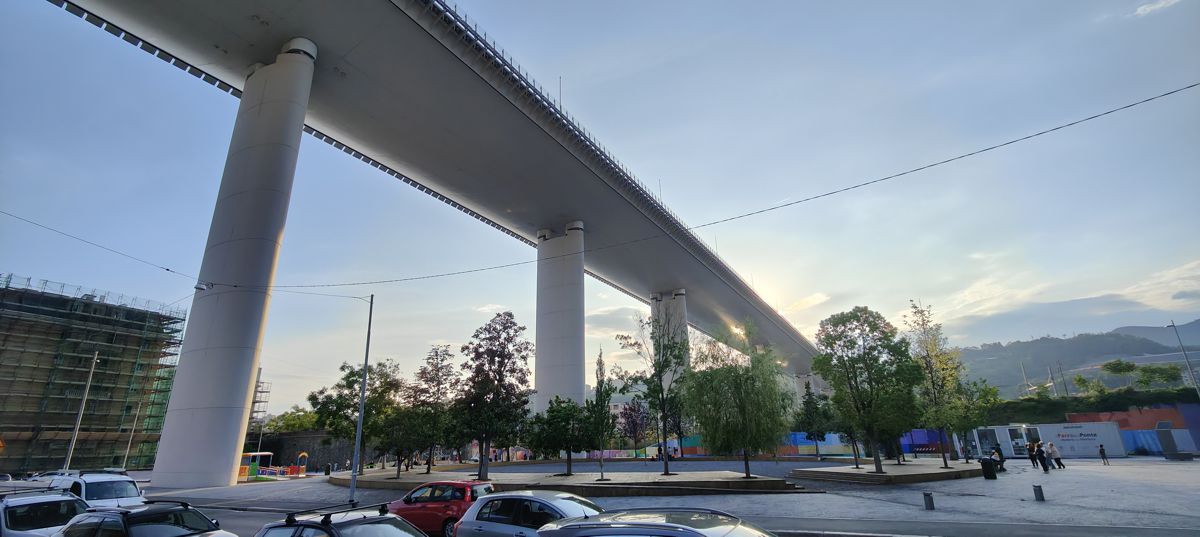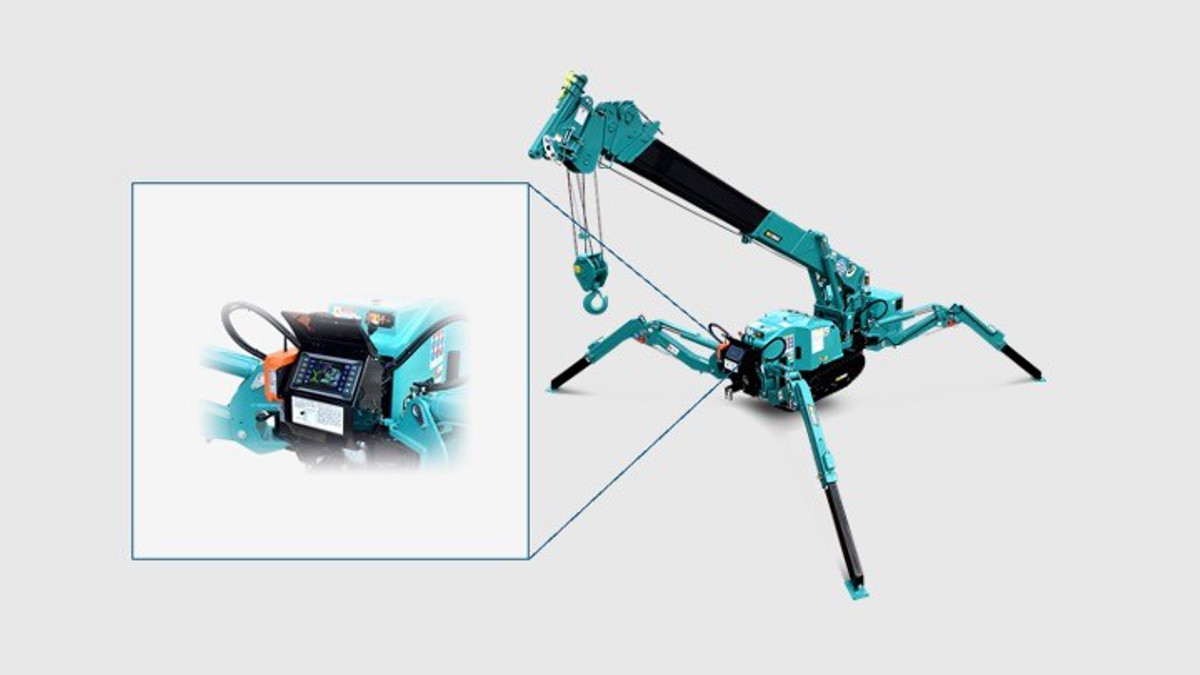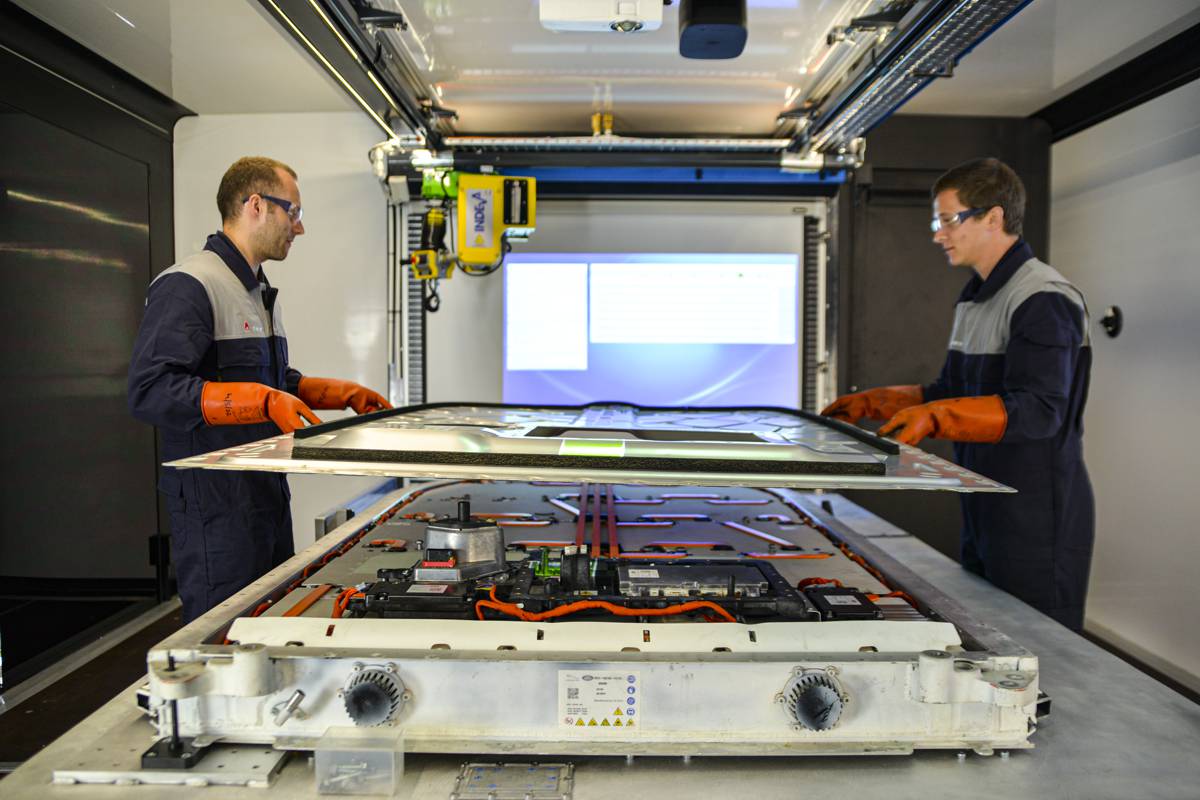Cross department planning and collaboration is the way forward for UK local authorities
Historically, individual departments within local authorities have tended to work in isolation. They have developed their own plans and strategies and then focused on executing them as efficiently as possible. But in doing this, they have typically worked alone. There are multiple reasons why this has been the case.
Each individual area has generally recruited and nurtured people with the specific skillsets to deliver these services. Laying or designing new highways is different to conducting electrical inspections of street lights, or organising bin collections across the region, for example, and there are particular skills required for each area.
Departmental employees will also often have followed specialist training programmes, designed to make them professionals in one particular area of local authority work. Each of those operational areas has had unique types of assets to maintain and look after and has required specific skills and services to do that. Moreover, software has been aligned to that, and the software industry has developed specialist applications to deal exclusively with street lights or highways or waste, for example.
Added to all this, the way local authorities have been funded by government has encouraged them to develop dedicated departments focused on highways, green spaces, or waste collection, for instance.
Barriers to Change
Councils today broadly understand the benefits of moving away from this siloed approach to service provision, but they also recognise that there are barriers in their way. Cultural issues around change remain. You still hear the objection, “well, we have always done it this way, so why change now.” In an age of digital transformation, this kind of viewpoint does not stand up to serious scrutiny from a financial or operational perspective, but a focused change management approach may nevertheless be required to keep staff on-side.
Technology has historically been a big barrier. In the past, there was no software available on the market that was able to give councils that single view of all their different service areas and then look at how they interplay, using the results to support better cross-department decision-making.
Change is Coming
We are now on the brink of a breakthrough in terms of cross department collaboration and several factors are coming together to drive change. Funding is becoming ever tighter and fewer people are working in councils overall.
Coupled with this, senior council staff are increasingly being tasked with digital transformation, with a focus on transforming the customer journey; making it easy for residents to log service requests and streamlining the way operational teams deliver that service to them.
Moreover, heads of departments and directors are now responsible for a larger number of operational areas. Often, they have come through the ranks in one area and now find themselves tasked with running multiple services and departments they have never really had any experience with.
Councils are also more focused on doing more with less and looking for ways of doing better with fewer resources. In line with this, there is a recognition that multi-skilling staff to do multiple types of work will ultimately make them more effective.
Finally, technology is coming on stream capable of connecting multiple assets, systems and people, driving efficiencies, and giving senior decision-makers a single digital view of services and how they interact both operationally and strategically.
Reaping the Rewards
All these factors are now coming together to drive more collaboration between different service areas that had not traditionally worked closely together before.
We are increasingly witnessing waste and recycling provision, for example, factored into the planning process both for new council house building programmes and for new private sector house building schemes. This has entailed the coming together of local authorities’ planning and environmental services departments. One benefit of this kind of collaboration might be more careful planning of the location of wheelie bins when new housing is built and the development of underground bin storage, and communal bin stores when required.
There are also potential benefits to be had here for departments where funding is particularly tight, to work in close partnership with those benefiting from more generous budgets and drive operational efficiencies. Local authority tree or arboreal teams, which are already typically small and with limited budgets, have, for example, seen their funding shrink further in recent times but they have benefitted by joining forces with better-funded highways departments both to plan out greener and more aesthetically pleasing road schemes and to help conduct their ongoing maintenance. Street cleansing and highways have typically worked in silos. But generally, the former is delivered on the latter. By coordinating the approach and making sure they are much more joined up, councils can drive further operational efficiencies.
It seems we may have reached a tipping point in terms of local authority service delivery. Many councils still have siloed approaches in place and many face barriers in delivering a more collaborative approach. Yet today, there is a growing sense that change is in the air. Digital transformation, a desire among council decision-makers to do more with less, and, more recently, the latest advances in connected asset management technology are coming together to make this change a reality and deliver the kind of cross department working that will drive benefits for local authorities and their residents long into the future.
Article by Steve White, Software Business Development Manager, Yotta















